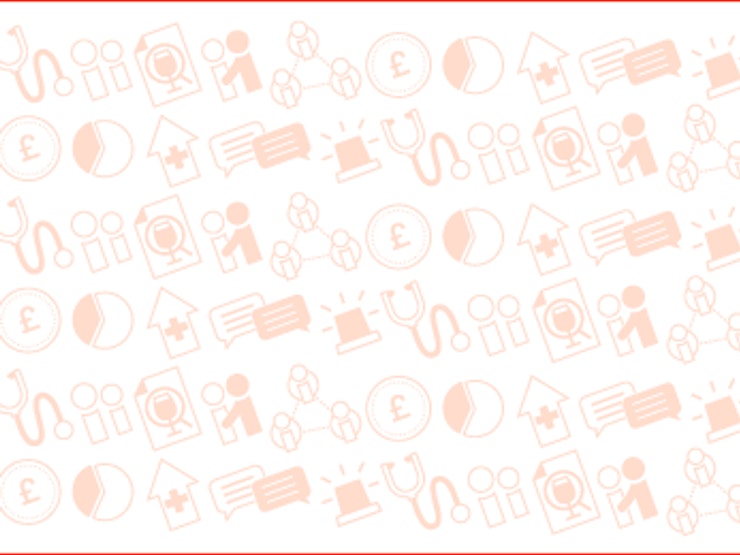Note: This report was funded and/or written by our predecessor organisation, the Alcohol Education Research Council (AERC).
6 May 2006
Researchers:
Prepared by, Simon Moore, Nick Perham, Jonathan Shepherd.
Violence Research Group Oral Surgery, Medicine and Pathology School of Dentistry, Cardiff University.
Key findings
The survey findings provided a unique insight into the night-time economy. It was concluded that;
- The number of under-age drinkers was very low: less than 2% of drinkers.
- One third of drinkers were below the drink drive limit.
- One third of male drinkers and one fifth of female drinkers were more than twice the UK drink drive limit according to breathalyser data.
- Males outnumbered females in the city centre by around 2 to 1.
- Three quarters of respondents were non-smokers.
- 60% of respondents used taxis to get home: only 2.6% used public transport. More men than women walked home.
- Public litter comprised pub and club advertising material, food wrappers and glass bottles.
- Responsible Beverage Service training did not affect blood alcohol levels
- Slurred speech was found to be the best indicator of drunkenness
- 40% of males and 25% of females had slurred speech.
- Interviews identified problem premises, facilitating targeted training.
Introduction
This project’s purpose was the reduction of alcohol-related harm in Cardiff city centre through a sustainable community-based intervention. The project developed existing methodologies (Holder 2000) to examine levels of intoxication in Cardiff city centre, audit hotspot city centre locations and individual drinkers for binge drinking and disorder and to share this information with key partners.
The project used three strategies to reduce alcohol-related problems in Cardiff city centre:
- Development and implementation of city centre and individual risk assessments (including an alcometer survey).
- Improvement of the regulation of licensed premises and reduction of alcohol miss-selling through feedback of risk assessments to licensees and the Cardiff Community Safety Partnership (CCSP: including the licensing committee).
- Provision of funded licensed premises server training to staff.
Drinker and environmental surveys were carried out between the hours of 11 pm and 3am on one Friday and one Saturday each month for twelve months. Surveyors questioned and breathalysed respondents, and audited the immediate environment for evidence of disorder and risk. The project brought together licensees, South Wales Police, Cardiff Substance Misuse Action Team and Cardiff University to tackle alcohol misuse and disorder in Cardiff city centre in the context of existing, well-developed partnership activity. The project successfully engaged the local community, including bar staff, through a positive media campaign and targeted server training. The public campaign emphasised the positive aspects of Cardiff and how disorder and alcohol misuse were being successfully targeted through this and other community interventions.
Implications
- Surveys such as this, organised on a partnership basis, should be instituted from time-to-time in the night-time economy to identify alcohol misuse and target resources
- Responsible drinking campaigns should be targeted at males in particular.
- Existing measures to curb underage city centre drinking are effective and should be maintained
- Transport policy in the night-time economy should focus on taxi services much more than on public transport services
- Half-hourly removal of food wrappers, advertising flyers and glass bottles from the street should be a major priority
- From this study in-house server training does not need to be supplemented by additional training
- Reliable tests of drunkenness are needed: from these findings the best option would be a new verbal test


